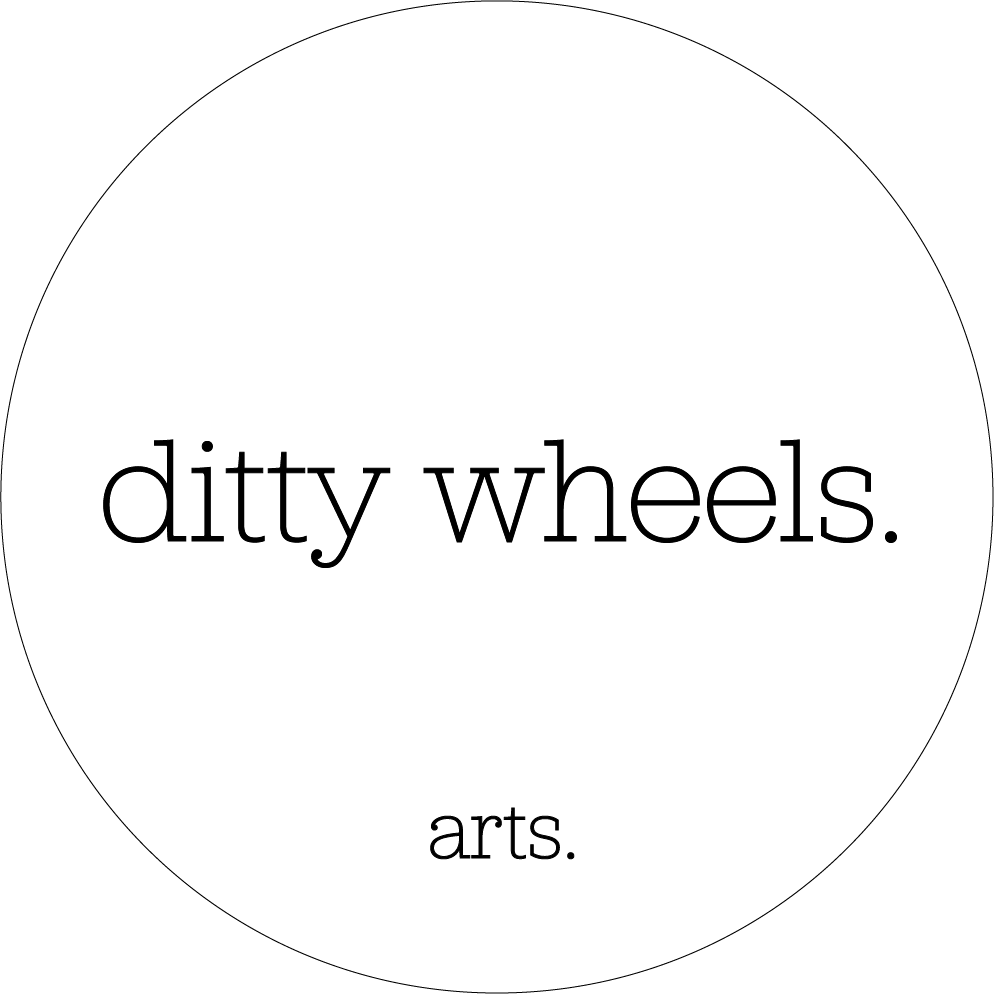Raymond Tuifao Lalotoa
Turn Back Time

Lately – 2020 – $3500

Time After Time - 2020 - $3000

Hey Hey Hey! – 2023 – $700

Lost In the World – 2020 – $3500

If You Should Fall Into My Arms – 2017 – $3000

Mustang and the Ghost – 2023 – $700

Do the Right Thing – 2023 – $700

Ghost Patrol – $1200

Expressway to Your Skull – $1500

Pink Skull – $1500

Born Free – $350

Exit Music (For a film) – 2025 – $350

Lust For Life – 2025 – $350

Never Mind the Bollocks Here’s Amyl and the Sniffers – 2025 – $350

Walk to the Beat – 2025 – $350

When We All Fall Asleep Where Do We Go? – 2025 – $350
